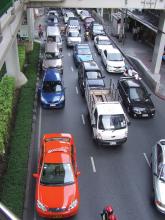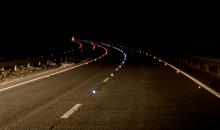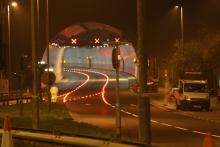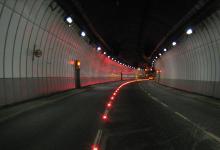A number of Ritherdon passively-safe electroluminescent (EL) FlexiPole signpost systems have now been installed on the historic Clifton Suspension Bridge in Bristol, west England. Completed in 1864, the Bridge was originally designed to provide a safe crossing across a gorge for horse-drawn traffic; the chosen method of transport in the 19th century. However it now accommodates 21st century commuter traffic with in excess of 11,000 vehicles crossing the Bridge every day. The custodians of Clifton Suspension

A number of Ritherdon passively-safe electroluminescent (EL) FlexiPole signpost systems have now been installed on the historic Clifton Suspension Bridge in Bristol, west England.
Completed in 1864, the Bridge was originally designed to provide a safe crossing across a gorge for horse-drawn traffic; the chosen method of transport in the 19th century. However it now accommodates 21st century commuter traffic with in excess of 11,000 vehicles crossing the Bridge every day.The custodians of Clifton Suspension Bridge, who are backed by the Heritage Lottery Fund, expressed a need for an illuminated ‘keep left’ signpost that would be functional, durable and eco-friendly, but also fit in visually with the surroundings of the World Heritage Site.
EL is described by Ritherdon as an optical and electrical phenomenon in which a material emits light in response to an electric current passed through it and, as it uses organic phosphor, is said by Ritherdon to be the most efficient light source on the planet.
Ritherdon claim that deploying an EL sign will save €118.95 [£100] a year and reactivate maintenance for a typical 300mm illuminated sign, with an additional saving of €17.84 [£15]-per-annum on energy which equates to 60kg of CO2. The Lancashire county, north-west England-based firm says potential savings are much greater for larger signs.









